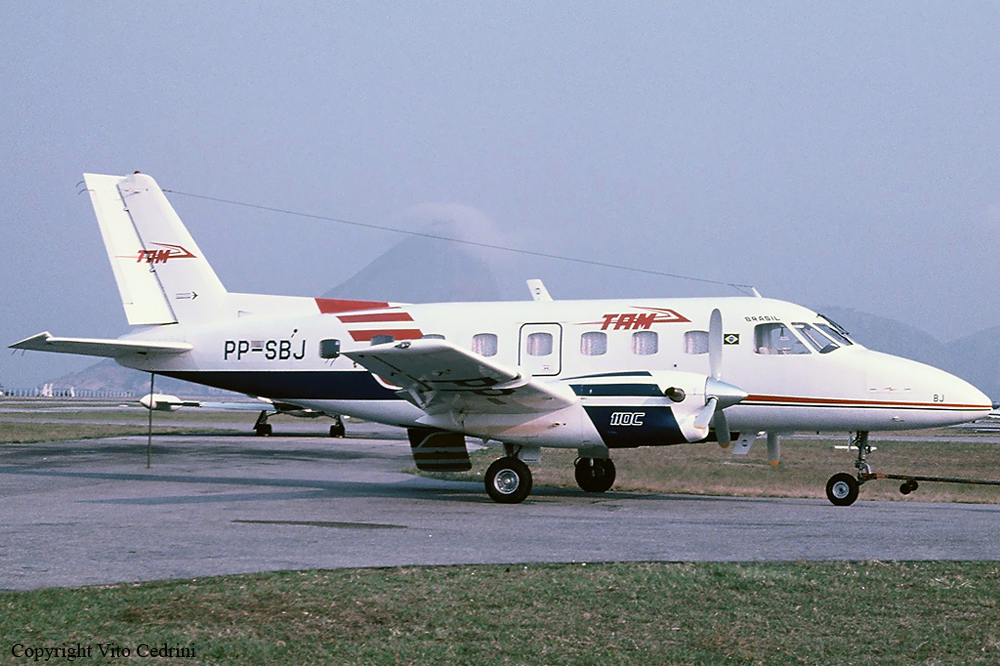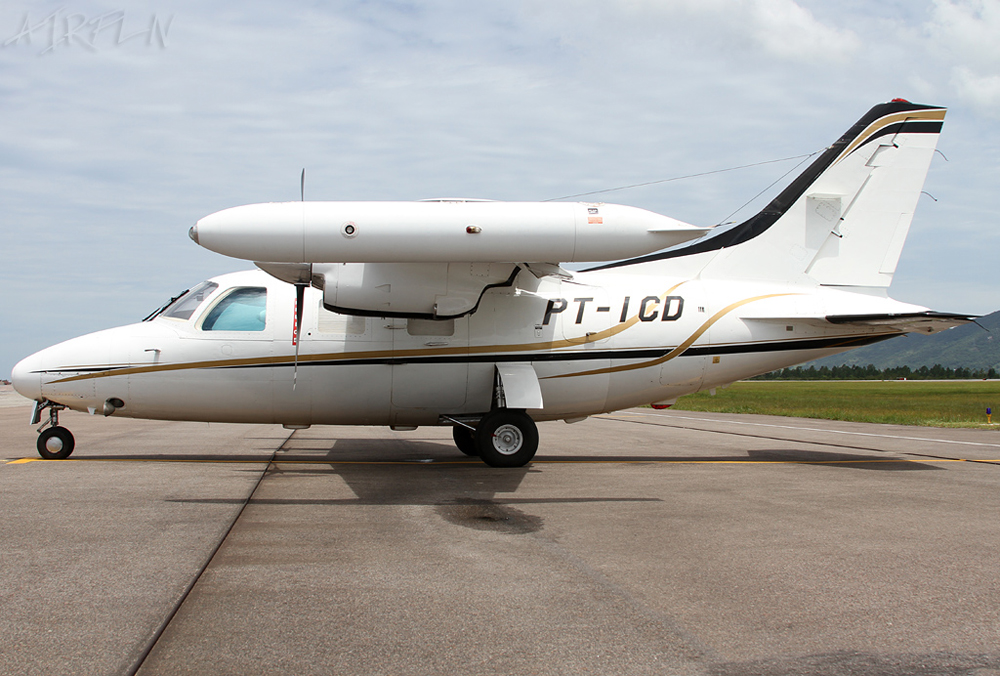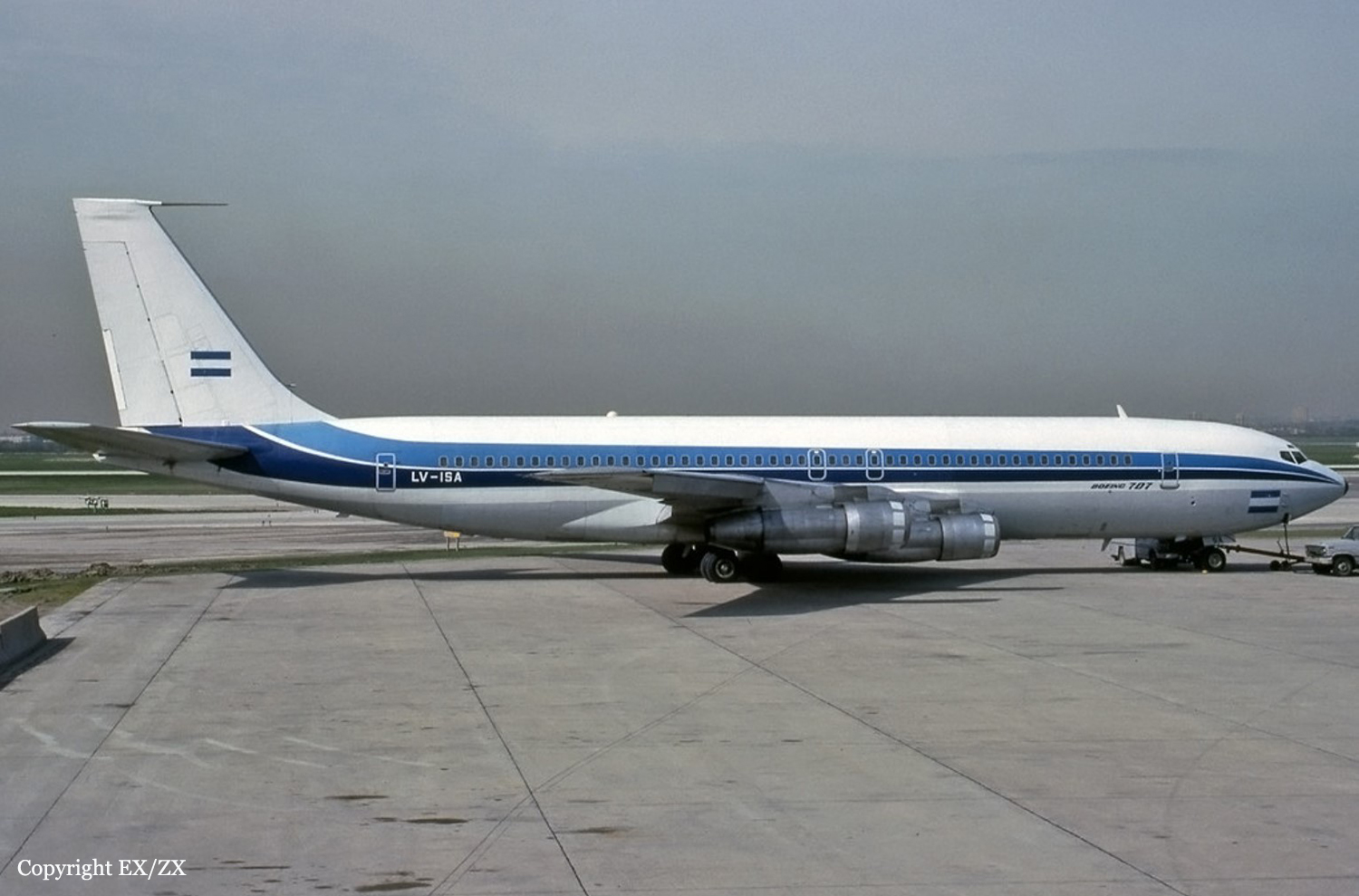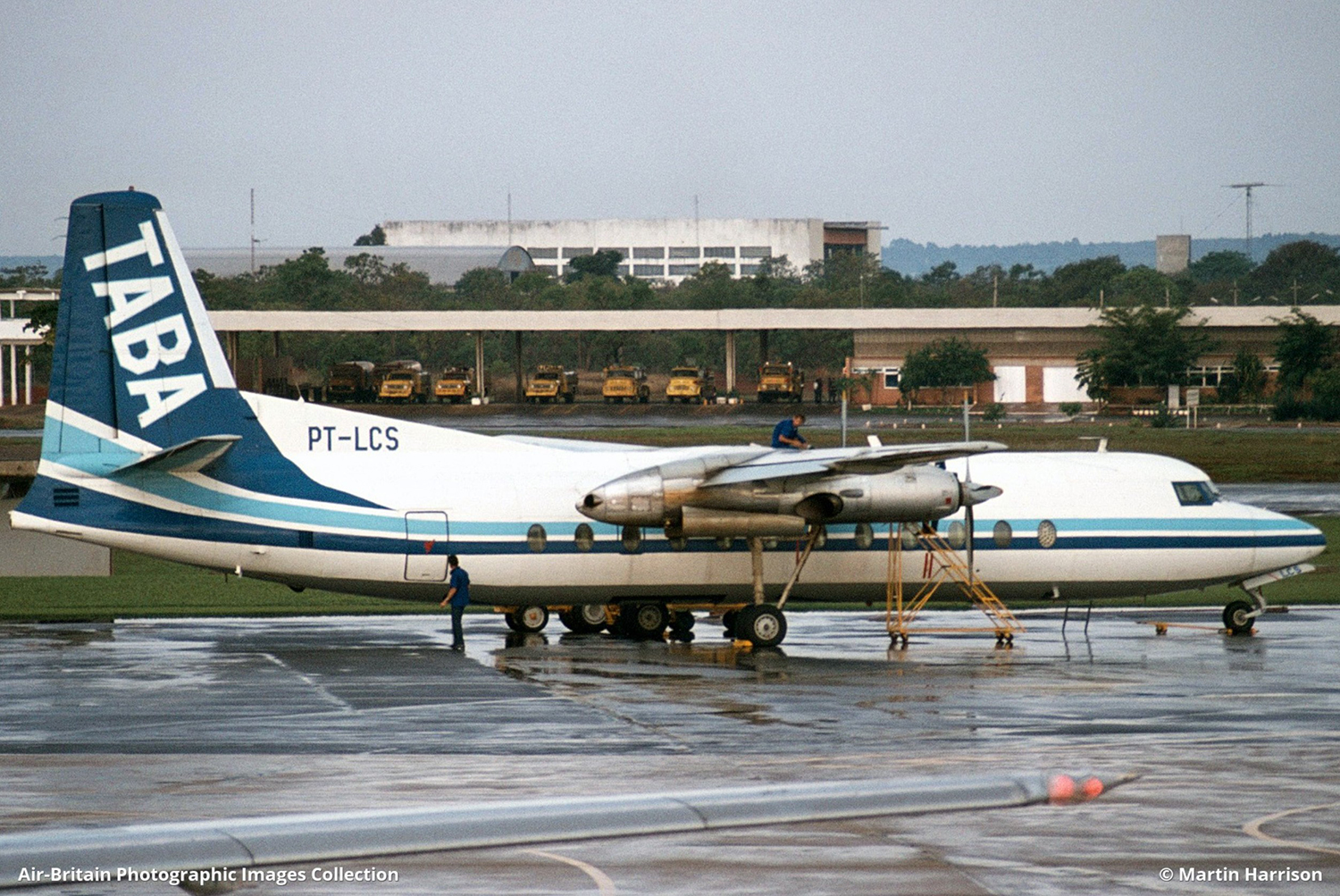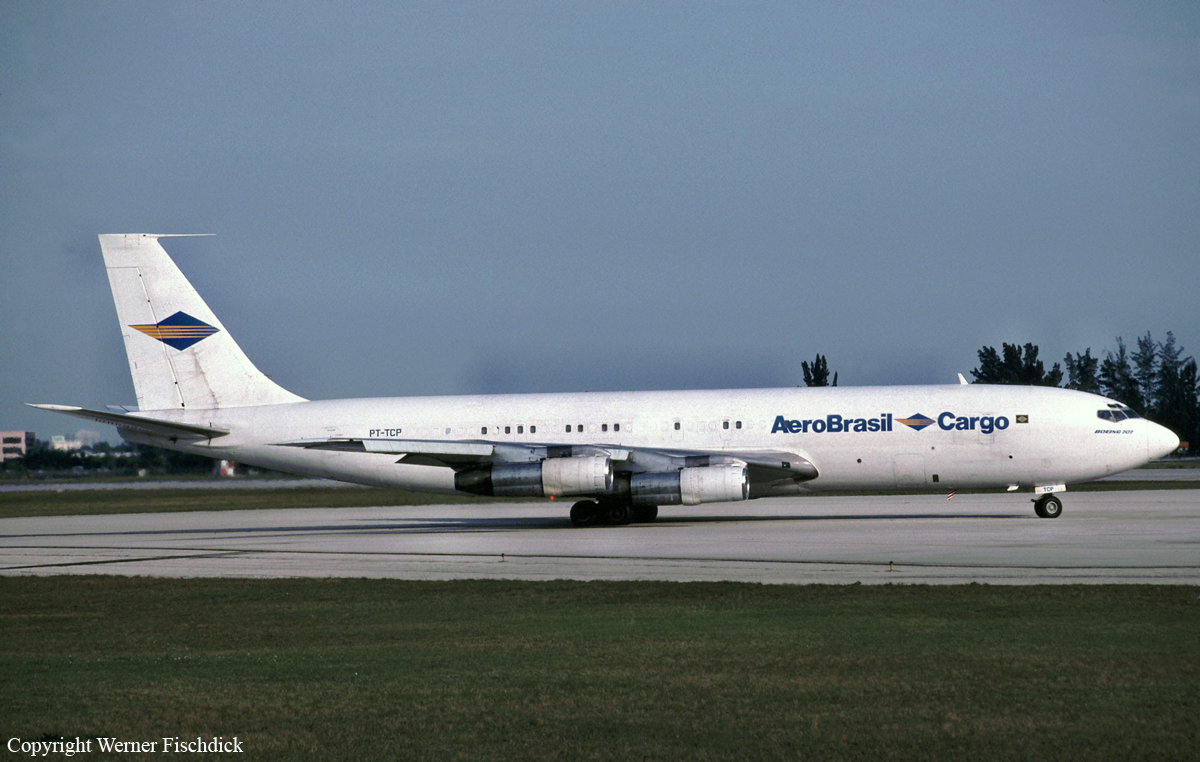Crash of a Cessna 208A Caravan I in Tucumã
Date & Time:
Dec 6, 1993 at 1355 LT
Registration:
PT-OGM
Survivors:
Yes
Schedule:
Redenção – Tucumã
MSN:
208-0069
YOM:
1985
Flight number:
JJ329
Crew on board:
2
Crew fatalities:
Pax on board:
2
Pax fatalities:
Other fatalities:
Total fatalities:
0
Captain / Total hours on type:
1000.00
Copilot / Total hours on type:
500
Circumstances:
On final approach to Tucumã Airport, 3 km short of runway threshold, the engine lost power and its temperature was too high. The captain decided to attempt an emergency landing when the aircraft crash landed in a prairie. All four occupants escaped uninjured while the aircraft was damaged beyond repair.
Probable cause:
The following findings were reported:
- There was a deficiency in the instruction received, since the crew did not perform emergency training on that type of aircraft, resulting in inadequate preparation for the engine failure situation, especially at low altitude,
- There are indications that the maintenance services were inadequate and contributed to the occurrence of engine failure, due to the possible occurrence of compressor stall,
- The company performed inadequate technical and operational oversight for not providing emergency situations for the crews of that type of aircraft involved in the accident.
- There was a deficiency in the instruction received, since the crew did not perform emergency training on that type of aircraft, resulting in inadequate preparation for the engine failure situation, especially at low altitude,
- There are indications that the maintenance services were inadequate and contributed to the occurrence of engine failure, due to the possible occurrence of compressor stall,
- The company performed inadequate technical and operational oversight for not providing emergency situations for the crews of that type of aircraft involved in the accident.
Final Report:




